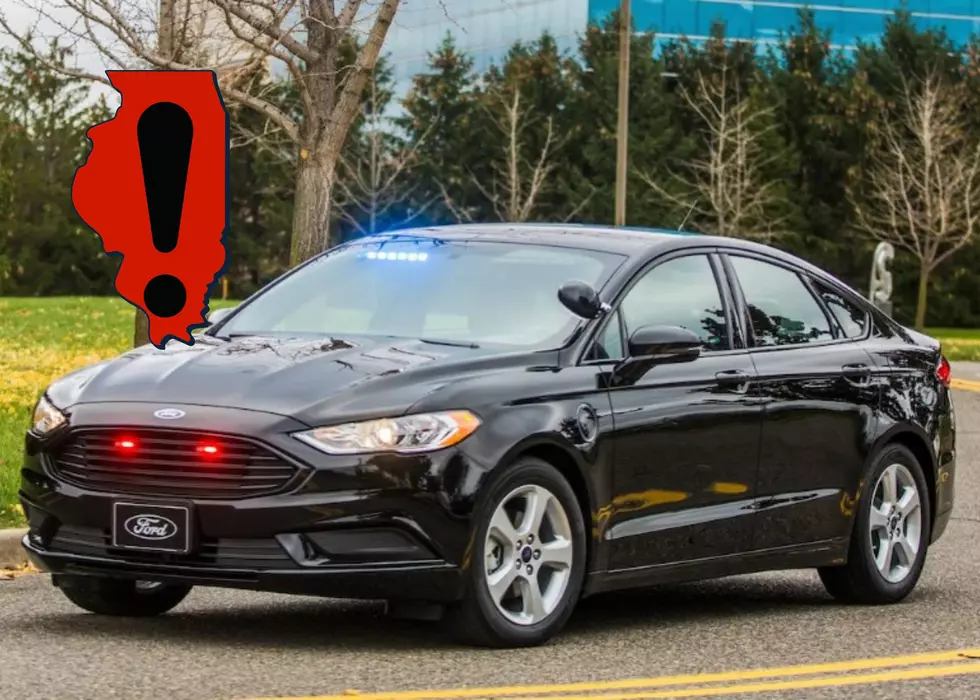
Here’s What To Pack In Your Car Emergency Kit This Weekend
If you're traveling this weekend you won't be alone. According to AAA, 46.9 million people will travel more than 50 miles from home. In the Midwest driving at this time of year requires you to be prepared for anything that could happen. And that includes an emergency kit for your car.
According to Comsumer Reports there are several items that should be in your kit.
Here's a short checklist of the basic items every car should always have:
- Cell phone. You can't call for help without a phone. And a mobile charger will help too since areas withweak cellular reception can kill your phone's battery.
- First-aid kit. Pack basic non-prescription drugs in your emergency medical kit, such as pain killers to handle holiday shopping headaches.
- Fire extinguisher. A compact dry powder unit that's labeled "1A10BC" or "2A10BC" can handle fires fueled by solids (plastic, rubber, paper, etc.) as well as by combustible liquids and gases.
- Warning light, hazard triangle, or flares. Give motorists the heads-up that you're stuck at the side of the road.
- Jack and lug wrench, foam tire sealant or a portable compressor and plug kit. Most newer model cars don't have spare tires anymore, so make sure you know how to use the car's included "mobility kit"—and how to reach roadside assistance if you have a severe flat tire.
- Jumper cables or a portable battery booster. New, "mini-jumpers" can start your car as well as provide back-up power for your smartphone, tablet, GPS navigation unit, or other portable electronic device.
- Flashlight. Remember, you have fewer hours of daylight in most parts of the country during the fall and winter seasons. A head-mounted light can be especially helpful during tire changes.
Listen to B100 anytime with the Radio Pup app or online.
More From B100






